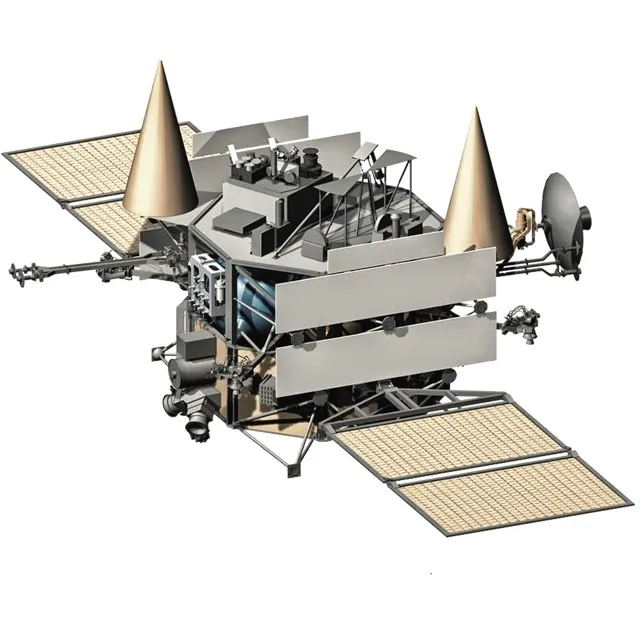Europe
Ever since Johann-Dietrich Wörner became director general in 2015, the European Space Agency (ESA) has been one of the most vocal bodies calling for us to return to the Moon. Wörner himself put forward the idea of building a permanent base on the Moon.
He suggested it could be located in the South Pole-Aitken basin, on the far side of the Moon, and that astronauts from various countries and agencies could use the base to work together towards mutual goals, he says.
So far, however, little money has been committed to the idea. But in October 2018 ESA announced that it is planning to build a lunar analogue facility at its astronaut centre in Cologne, Germany, where people and equipment can be put through their paces ahead of future missions to the Moon.
USA
In March 2019, Vice President Mike Pence announced that the US intends to return to the Moon by 2024 and that the next man and first woman to set foot on the lunar surface will both be American.
It’s an ambitious, possibly unrealistic, target as there are a number of significant obstacles NASA will have to overcome to achieve it, not least of which is the current lack of any kind of lunar lander.
Further complicating matters are the continued delays in the development NASA’s next-generation rocket, the Space Launch System (SLS). These have forced the administration to push back the unmanned test flight of the SLS and Orion crew vehicle, which it had initially scheduled for June 2020.
China

On 14 December 2013, China became a true contender in the race to put humans back on the Moon when the country successfully landed its Yutu (Jade Rabbit) rover on the lunar surface. The rover operated for 42 days, and although well short of the planned three months, it was still a major boost for the Chinese exploration programme.
The next major step came in early 2019 when the Chinese National Space Administration (CNSA) became the first to successfully land a mission on the far side of the Moon. China’s Chang’e-4 touched down on 3 January and released the Yutu-2 rover, which was still exploring and sending pictures back from the lunar surface in April.
The CNSA is also developing a powerful new rocket, the Long March-9, that could potentially take humans to the Moon sometime in the 2030s.
Japan
The Japanese Aerospace Exploration Agency (JAXA) has sent two missions into lunar orbit, 1990’s Hiten and 2007’s SELENE. It’s now working towards making its first lunar landing attempt.
JAXA’s original plans were for SELENE-2, a large 1,000kg lunar lander and 200kg rover. But JAXA has now scaled down its plans. The new mission, dubbed Smart Lander for Investigating the Moon (SLIM), is a smaller, 120kg craft (right) that’s expected to attempt a landing on the Moon’s surface sometime around 2021.
India
Following the success of its first lunar probe, Chandrayaan-1 in 2008, the Indian Space Research Organisation announced a follow-on mission. Whereas Chandrayaan-1 carried instruments provided by NASA, ESA and the Bulgarian Aerospace Agency, Chandrayaan-2 was meant to be a collaboration with Russia.
When the Russians failed to deliver the promised lander in 2013, India decided to go it alone, and successfully launched the mission in July 2019, carrying an all-Indian payload of orbiter, lander and rover.
Russia

In May 2014, Russian newspaper Izvestia published a government document purported to show that the Russian space agency, Roscosmos, was drawing up plans for a manned Moon landing in 2030. Its ambitions were confirmed in October 2015 when Vladimir Solntsev, the then head of Roscosmos, told reporters that the country plans to send a crew to the Moon in 2029.
Meanwhile, the Russians are ramping up their robotic exploration programme. Roscosmos is currently working on a range of orbiters and landers called Luna-25, Luna-26 and Luna-27. The idea is that the landers will explore the lunar south pole, prospecting for resources such as minerals and water ice that could be used to sustain a human outpost.
Read more about the Apollo programme:
- Apollo 11 Space Mission: 60 seconds from disaster
- 50 beautiful photos of the Moon landing missions from the Project Apollo Archives
- Small steps: How NASA prepared for the first moonwalk
Follow Science Focus onTwitter,Facebook, Instagramand Flipboard
